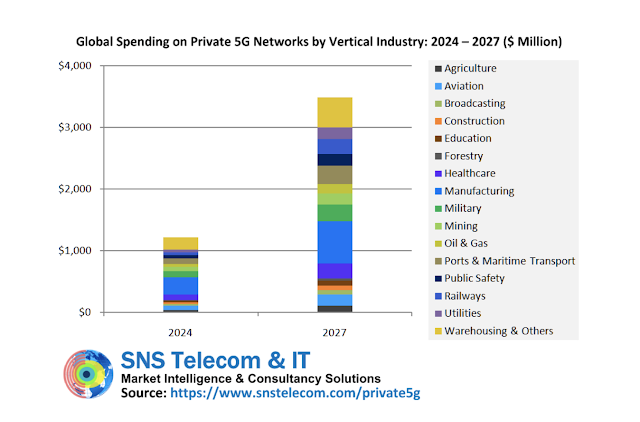Astera Labs has demonstrated end-to-end PCIe optical connectivity to provide unprecedented reach for larger, disaggregated GPU clusters.
The company’s technology for PCIe over optics expands its Aries family of Smart DSP Retimers and Smart Cable Modules (SCMs) for Active Electrical Cables (AECs) to deliver PCIe and CXL connectivity in chip-to-chip, box-to-box, rack-to-rack, and now row-to-row topologies throughout the data center.
Astera Labs said its new technology for PCIe over optics operates with end-to-end PCIe link connectivity in compliance with current PCIe specifications and is flexible enough to address future standards requirements through software-enabled configurability. The company is collaborating with leading optical cable suppliers to enable a wide variety of industry-standard form factors.
In addition, Astera Labs’ COSMOS software suite has been enhanced to provide link, fleet, and RAS management features over optical links, delivering deep insights into every lane and link inside a cluster to facilitate maximum uptime and optimal infrastructure utilization. Customers already using Astera Labs’ Intelligent Connectivity Platform will be able to seamlessly and transparently enable optical interconnects.
Casey Morrison, Chief Product Officer at Astera Labs, said, “GPU clusters are growing in size to handle the expanding complexities of AI workloads within disaggregated cloud infrastructure. We’re proud to broaden our PCIe leadership once again by demonstrating robust PCIe links over optical interconnects between GPUs, CPUs, CXL memory devices, and other PCIe endpoints. This breakthrough expands our Intelligent Connectivity Platform to allow customers to seamlessly scale and extend high bandwidth, low latency PCIe interconnects over optics, including Active Optical Cables, in addition to copper-based AECs.”
Large AI models benefit from tightly clustering more GPUs over a backend mesh network, often using PCIe interfaces that are natively found on GPUs. Larger GPU clusters must be distributed beyond a single rack to meet power delivery and cooling requirements. PCIe optical interconnects are essential to scale PCIe-based GPU clusters to multiple racks and rows, improve AI model performance, and increase GPU utilization.
















